Alexandre Silberman (b.1983 in Dortmund, Germany) is a French photographer and director living in Paris, France.
Graduated in Philosophy and in Communication, he mainly works on documentary projects related to cultural and societal, in keeping with the research he made during his studies.
In 2016, his serie about the place of the religion in Brasilia « New City / New God » was featured at the Red Bull Station of Sao Paulo (Brazil).
In 2018, « The Great Beauty » was exhibited at the Moritzhof Gallery of Magdeburg (Germany), under the title « Die Große Schönheit – oder ganz große Kunst ». The serie was also exhibited in 2019 during the International Photography Festival of Lenzburg (Swiss), and was published in the winter issue of Urban China Magazine.


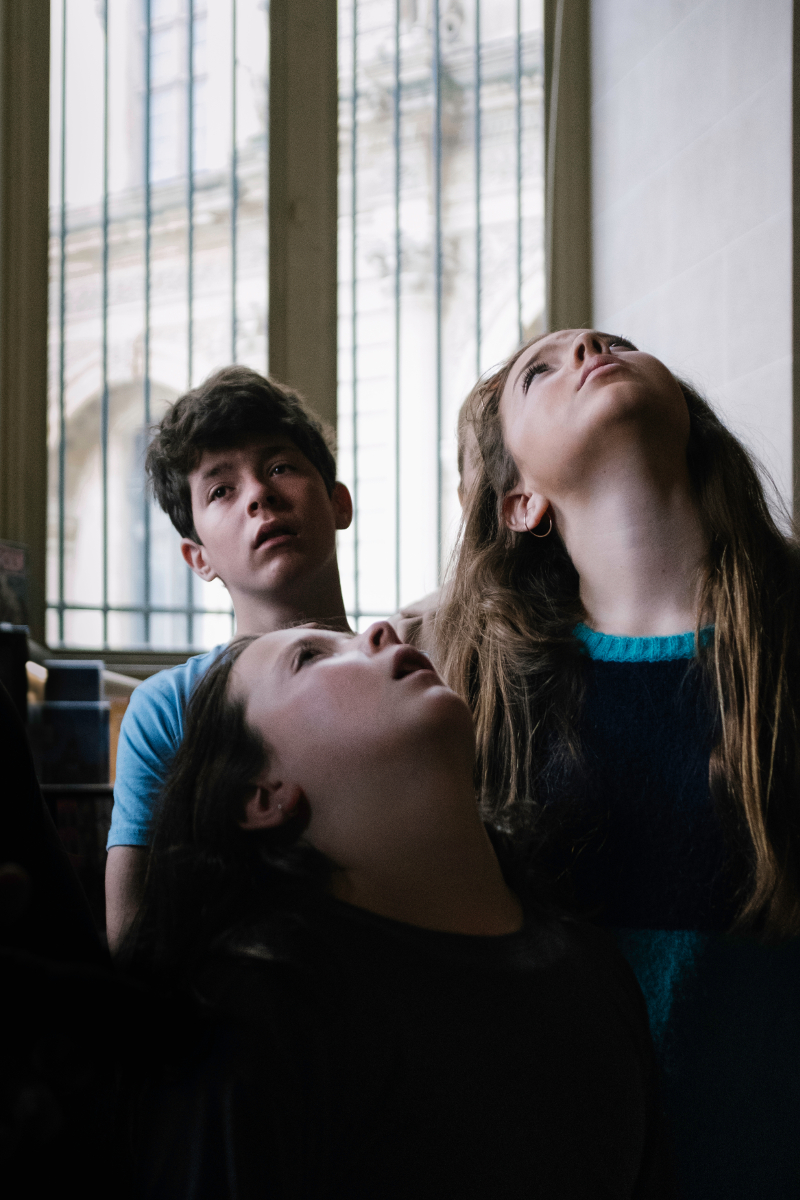
The Great Beauty
Art, ripolin-word, palimpsest-word, where each period, to impose to the others its own beliefs, calmly crosses out those from its predecessors » Régis Debray, Life and Death of The Image, 1992.
Art, in its original definition, is a belief; a belief in the Beauty as an autonomous concept. A dated belief too, which appears at the Renaissance, when the man asserts himself as a creator, and no more as a simple creature.
Art contextualize by decontextualizing, by taking pieces in temples, churches, houses to put them on a white wall or in the middle of a square. In short, by refocusing the place around the work rather than the other way around. On this basis, a new type of space arises, an art-space encompassing all by its center. Like the temples, the museums are sacred places, determined by transcendental rules, (relatively) independent from the social and political reality of the city where they are established – the responsibility of the city is restricted to consider or not the sacrality of this place.
The Beauty is an ideology, fruit of a speech of which the museum is both the preacher and the parish. And like every ideology, the Beauty doesn’t accept any alterity : it absorbs, digests and regurgitates according to its principles. So, just like the works taken from their original location, the museum visitors get robbed from their meaning. Because this places aren’t just a collection of paintings, drawings or sculptures, they’re also and one the top of it a staging of this works to raise them as piece of art.
With almost 120 of them, Paris has one of the biggest concentration of museums in the world. It is said that the french capital is a museum-city, deserted by its inhabitants but submerged by its visitors, of which the heart is less the city hall or the Elysée Palace than the Louvre – place where the last french president celebrated his victory at the elections.
It’s maybe because the ideological foundation of Paris is artistic, in a belief that the Beauty is an answer. An aesthetic answer, but also a political one. The museum is an open-temple, with, like in every religion, a will to change people. Belief that each one will be better through contact with the Beauty; that the Beauty makes people good. The Beauty is big, Glory to the Beauty.
But the museum doesn’t change what it contains, it changes the eye we put on this works. It’s a pure scenographic power.
While the notion of art is increasingly replaced by that of information, subsuming the criterion of novelty to that of beauty, I wanted to take an interest in this – at once – rebellious and reactionary position of this temple erected to the glory of the Beauty in Paris and its surrounding area.
More than a judgment on the aesthetic legitimacy of the concept of Beauty, my work has focused on the scenography of this ideology.
By criss-crossing the Louvre, Versailles or even the Orsay museum – but by voluntarily excluding the contemporary art museums, of which the aesthetic principles are different -, I wanted to show, by confronting them to the modernity which roams them, the coercive power of this ideology. Sometime directly, often ad absurdum, the Beauty invests situations which shouldn’t be so : trivial scenes of life, but also more serious situations, which should be untenable to us. If museums are sacred places, they are also places of living, of all type of living : people talks, has fun, but also panhandles, sells as “curbsiders”, sleeps when they don’t have any other possibilities.
And yet, the Beauty absorbs. All. Even the morally unacceptable. As you consider it as salvation or a shroud, this is not the question here. What questions us, it’s the ideological power of the Beauty, which, all along the series, seems to take possession of the contemporary aesthetic – to take in the broad sense, as an ensemble of objects, clothes, postures, gestures, etc. – to embrace it; framing it, dividing it into squares, blending it. Within it (scenographicly), nothing is outside of it (ideologically).
If Paris is a museum-city, so those who get into it become its artworks. And if art « calmly crosses out [the beliefs] from its predecessors », here, in the ideological heart of the city of Beauty, it makes the same with its successors. But till when ? What is to be captive from this ideology at the end of its reign ?
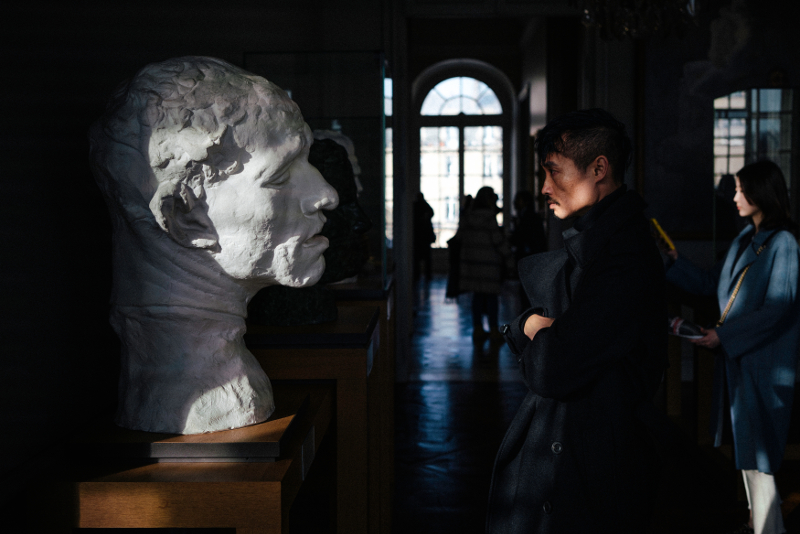
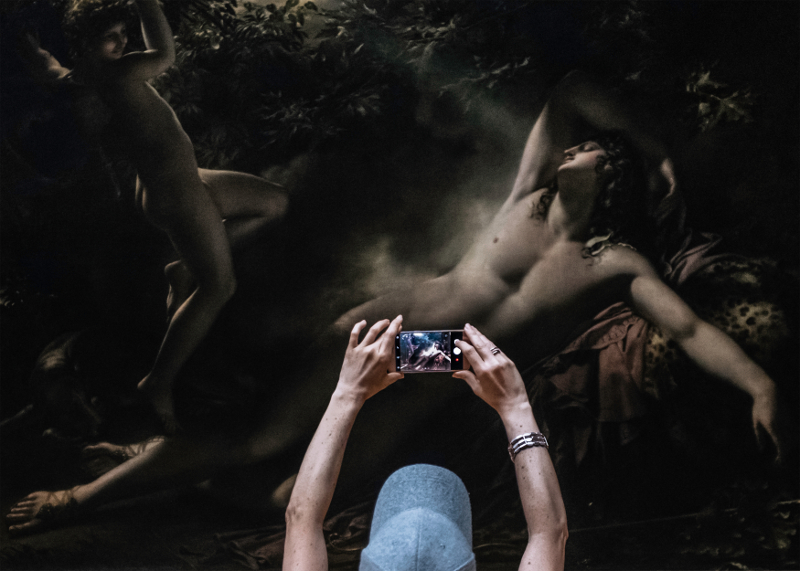


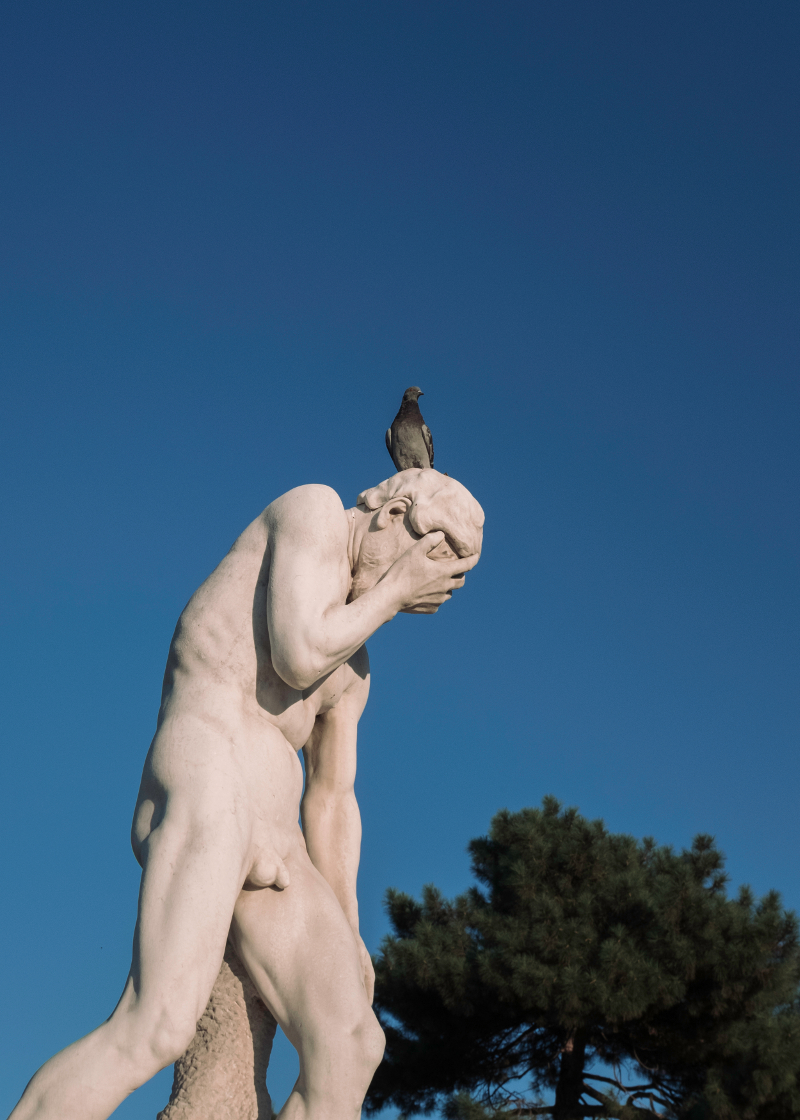
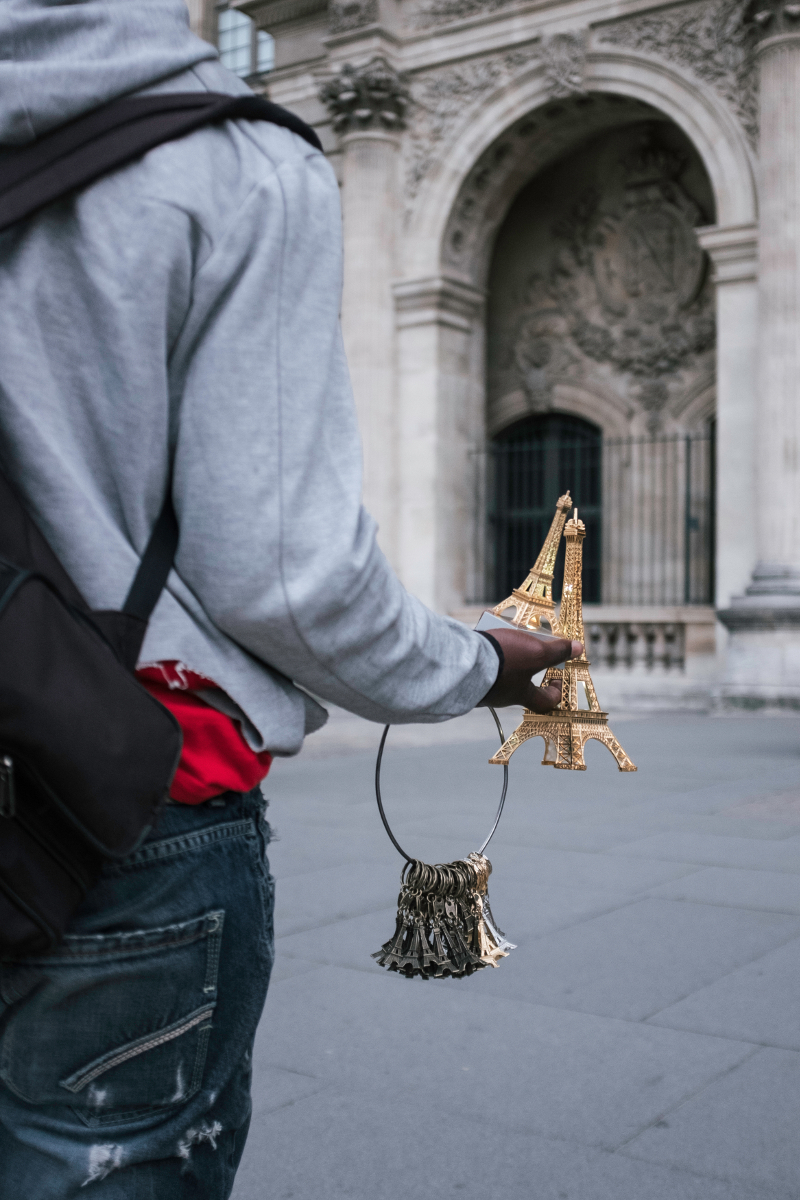
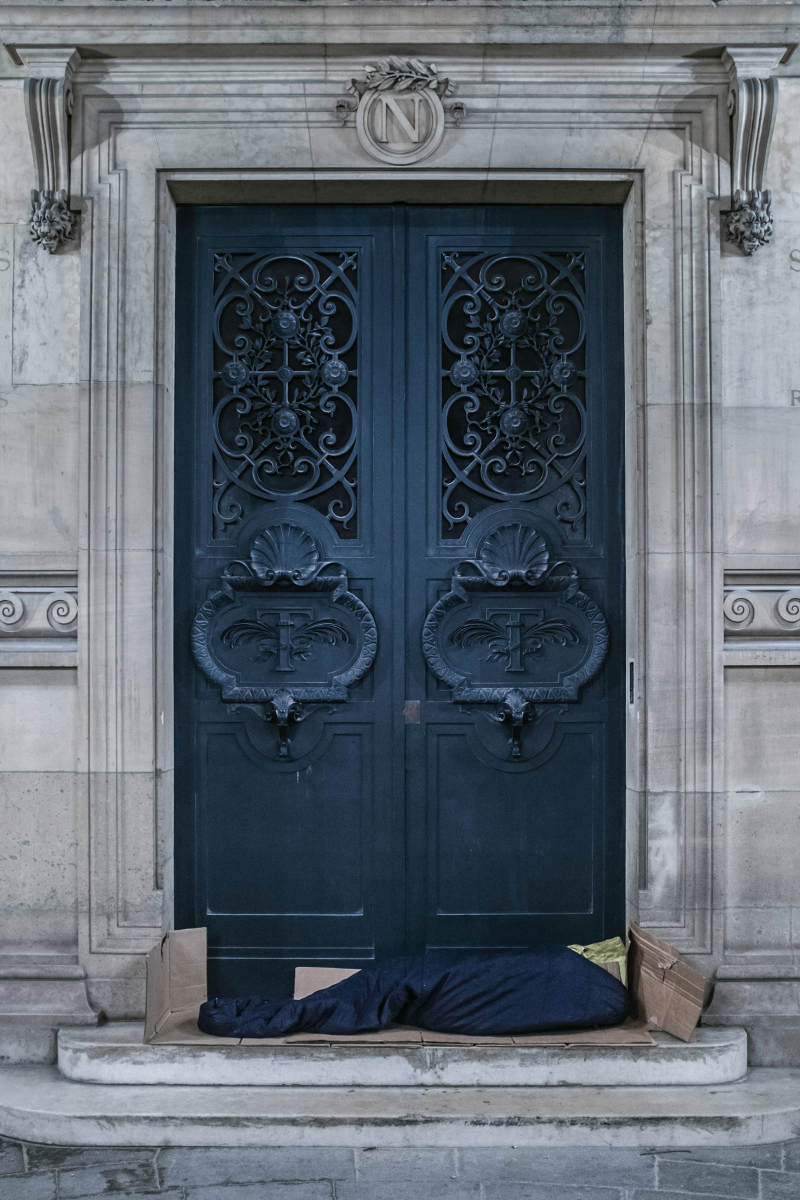
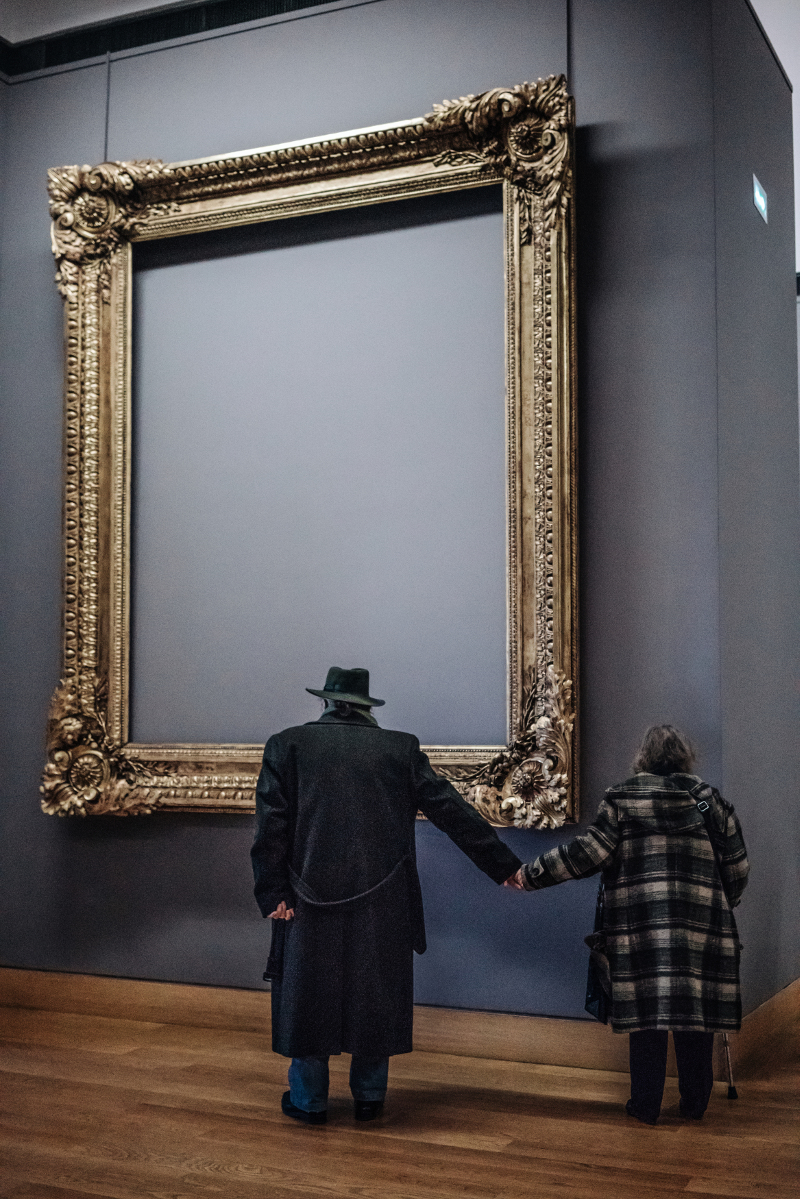



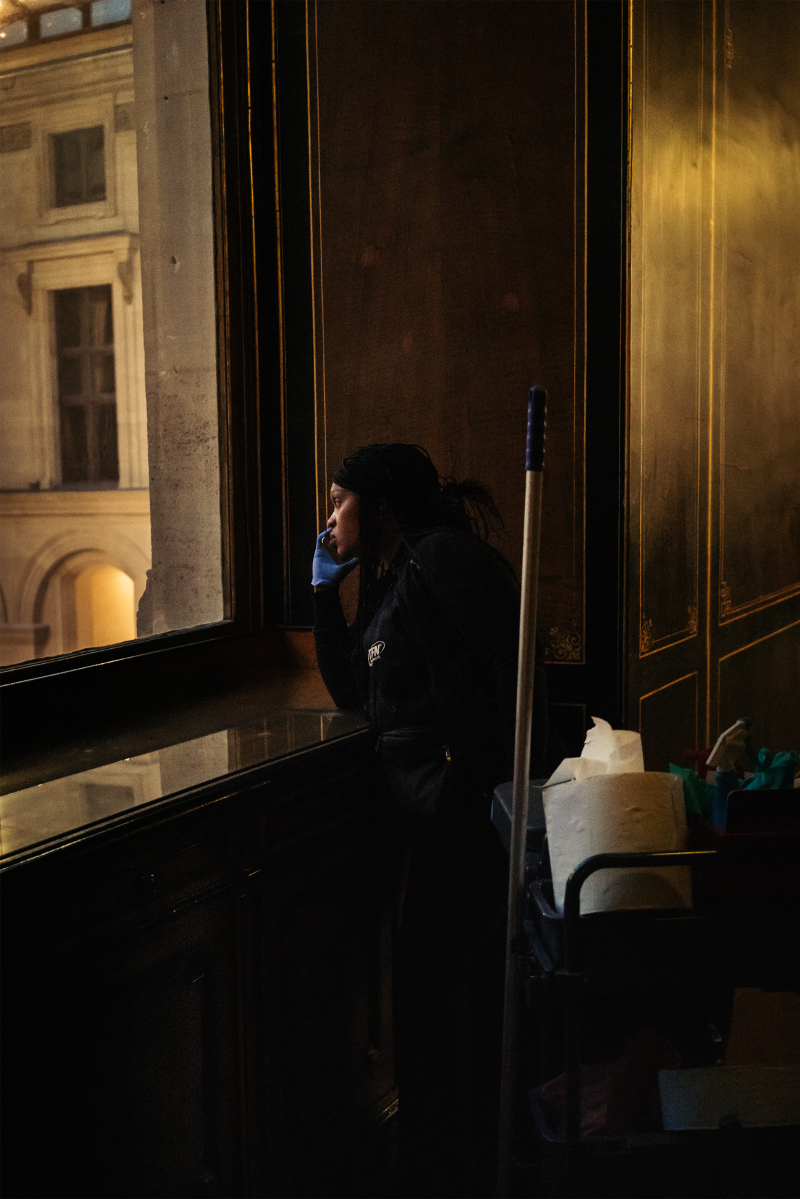
To view more of Alexandre Silberman’s work please visit their website.